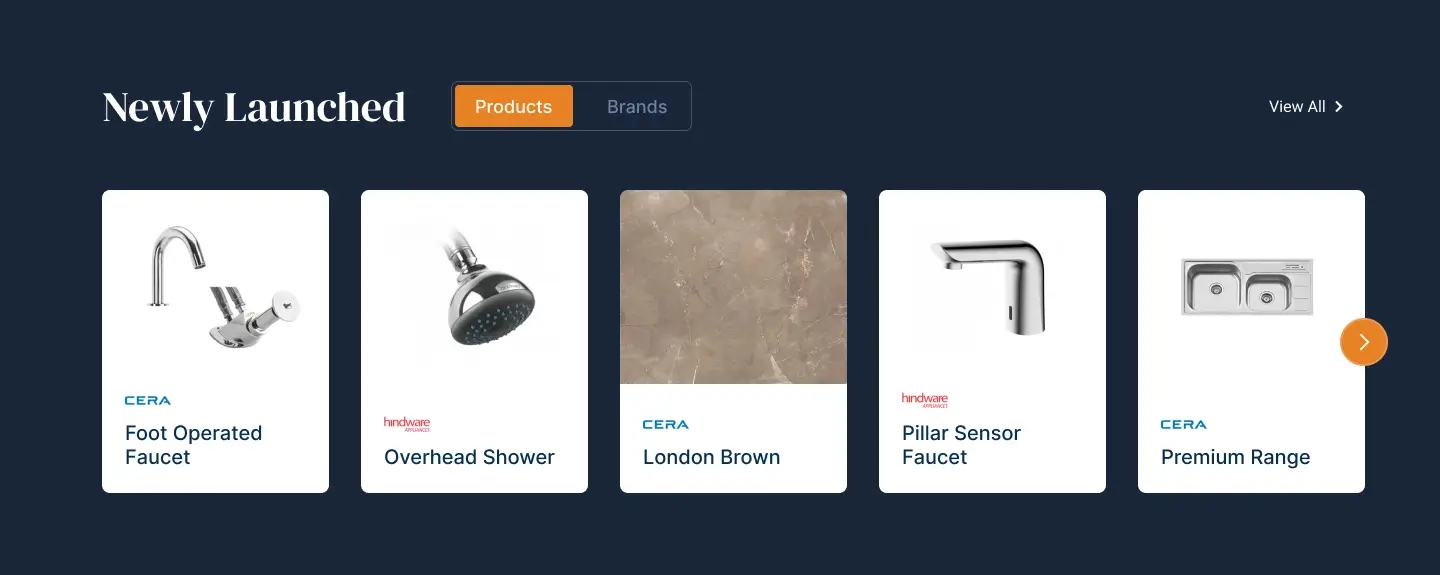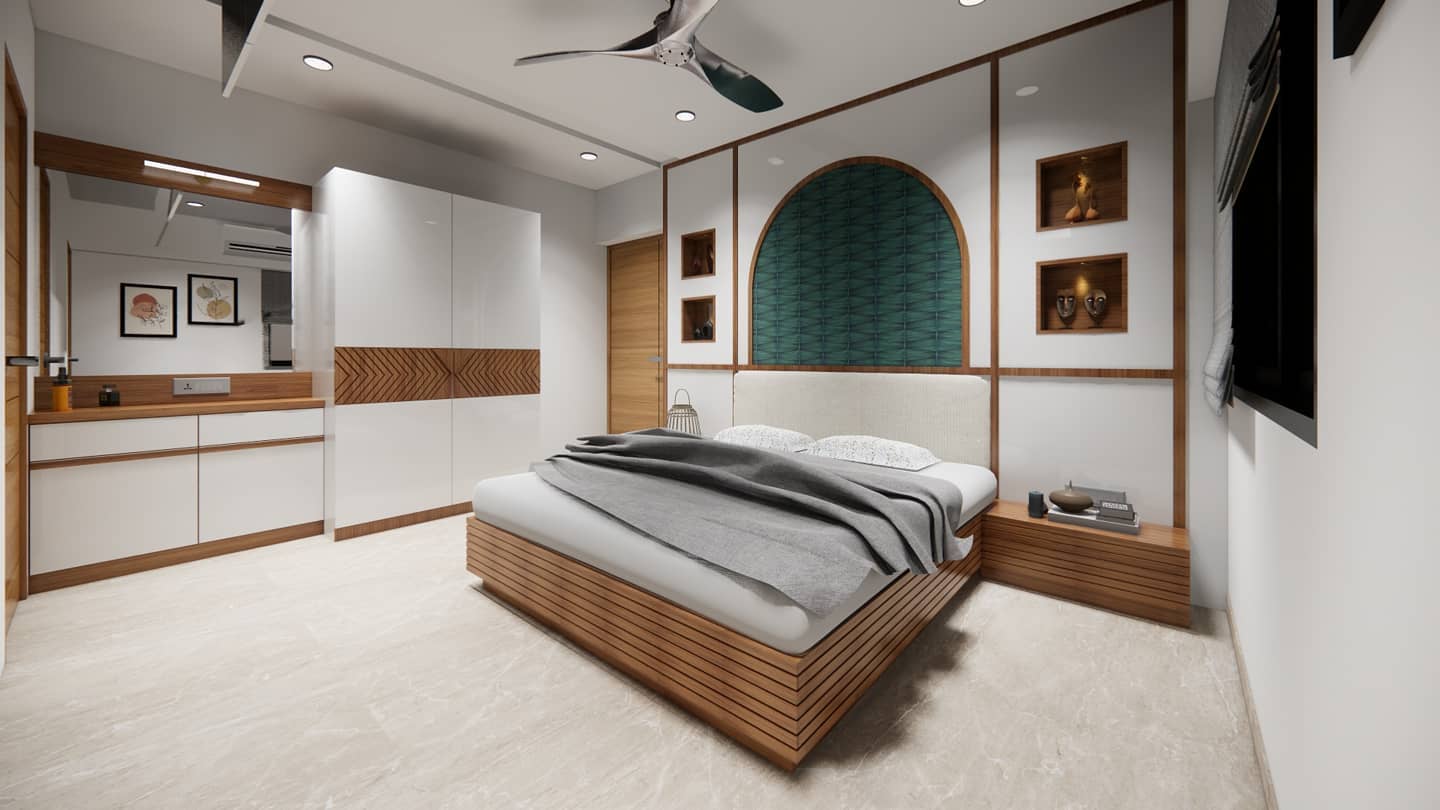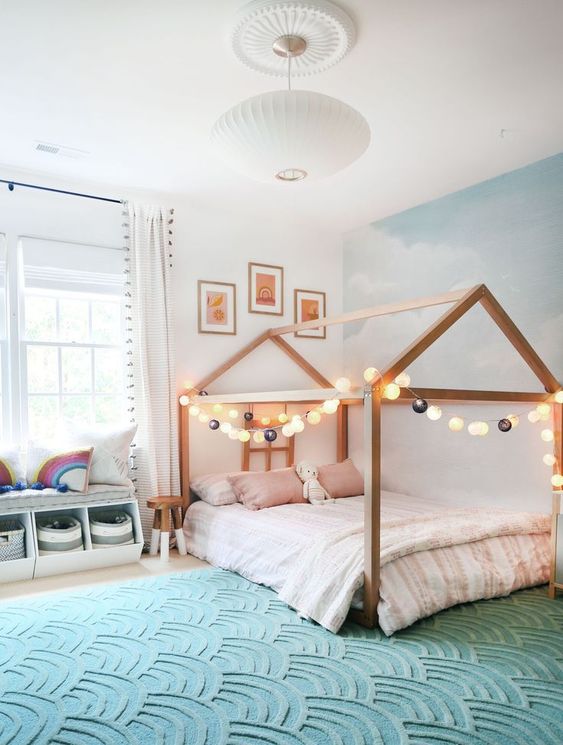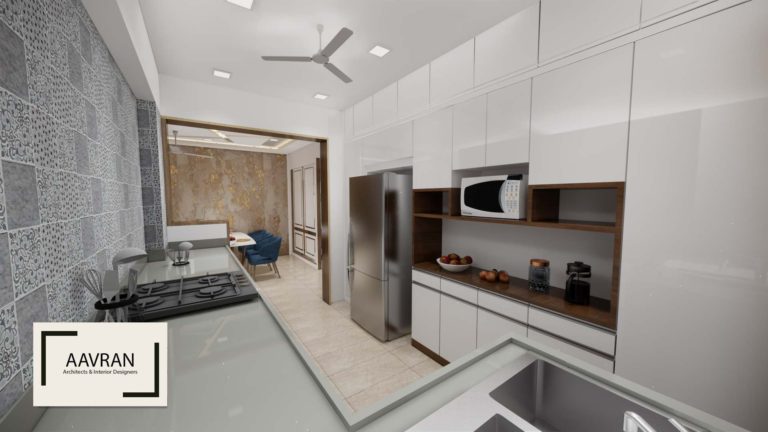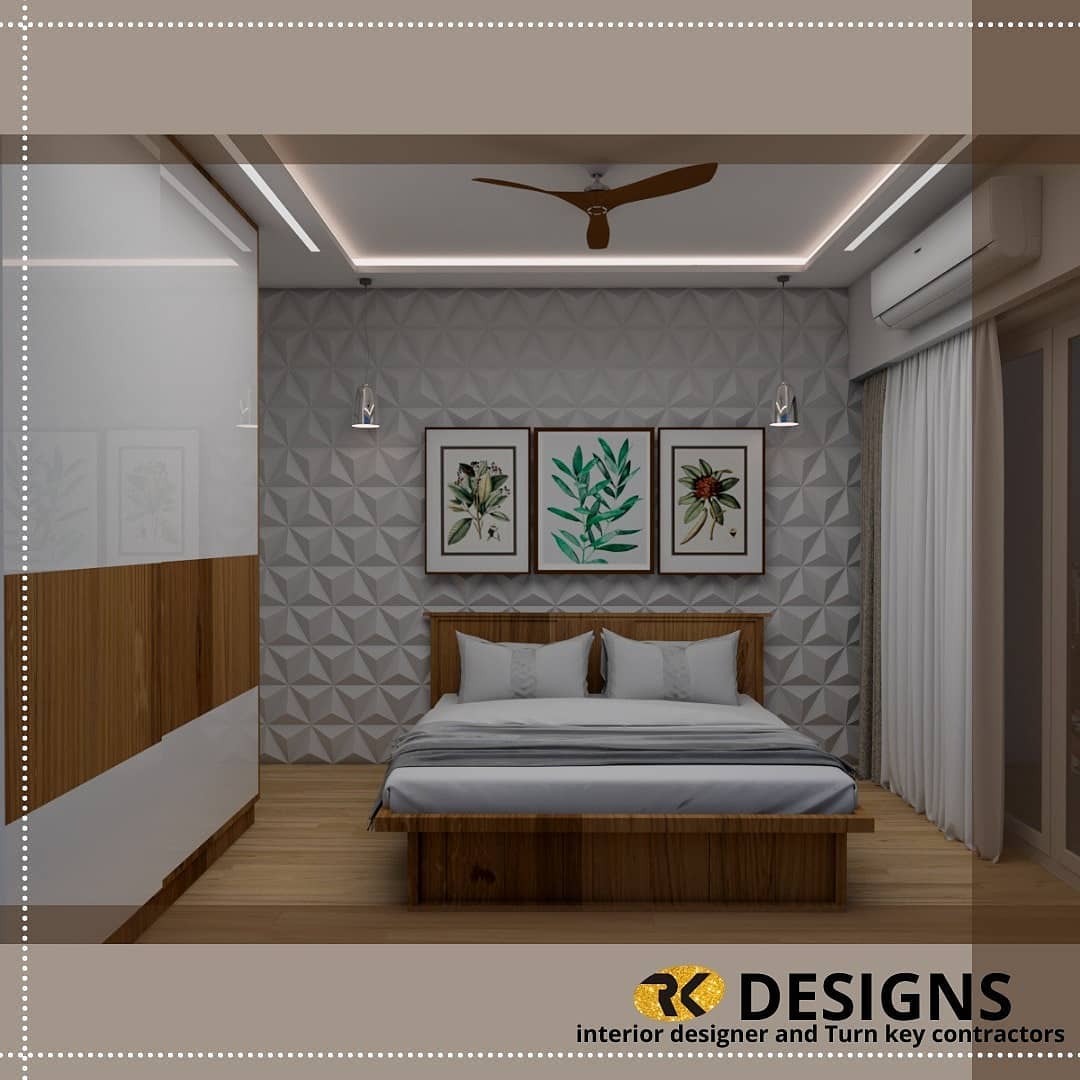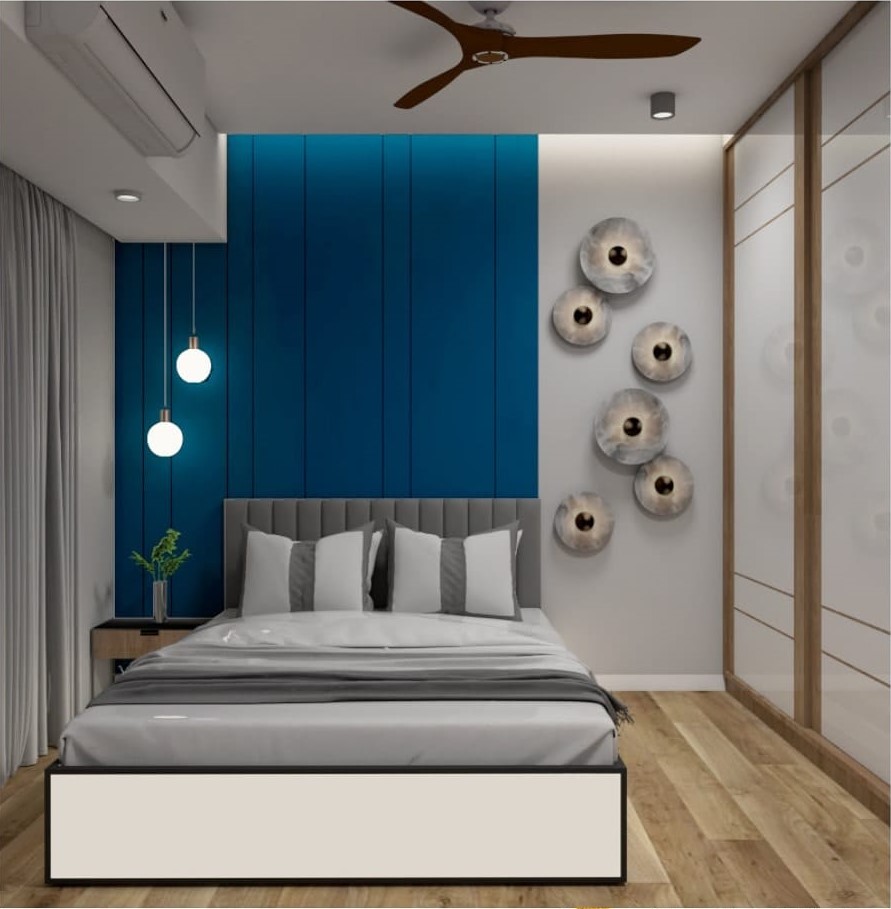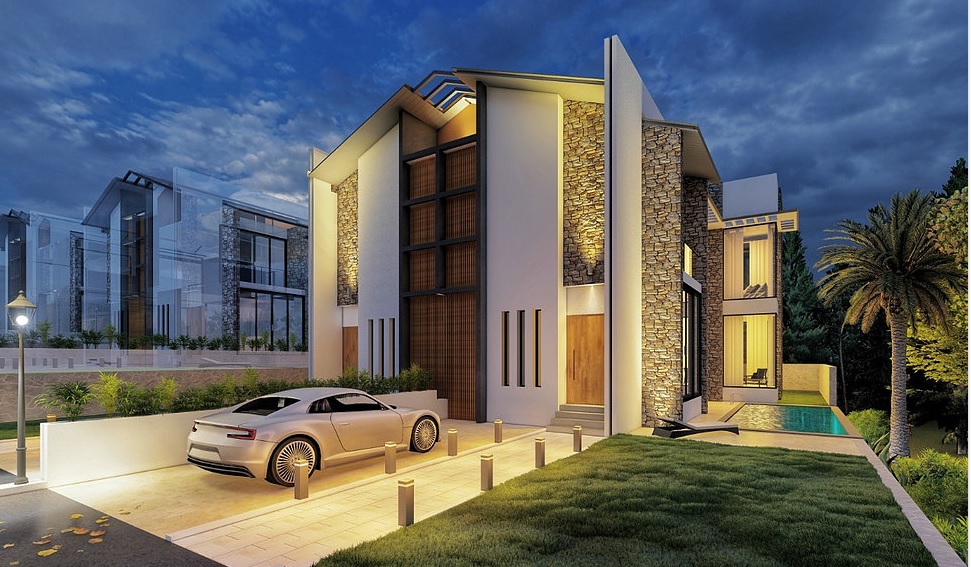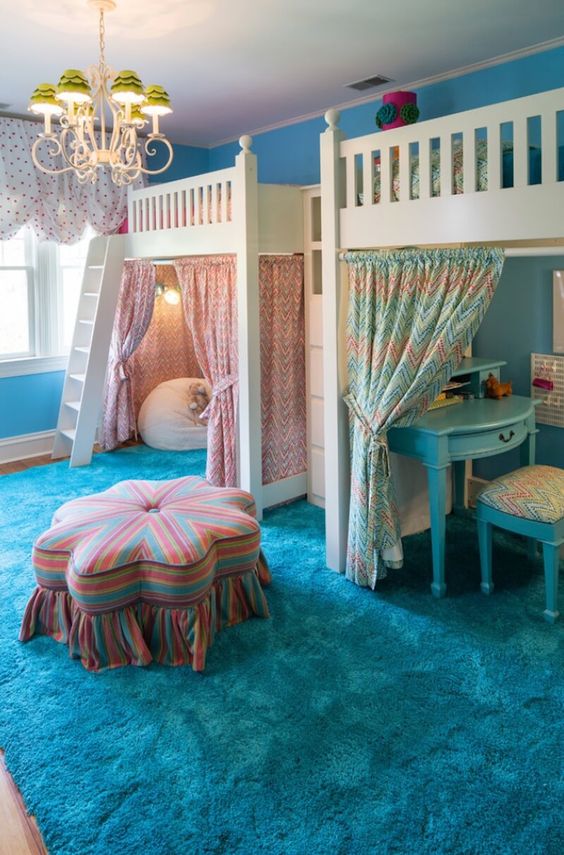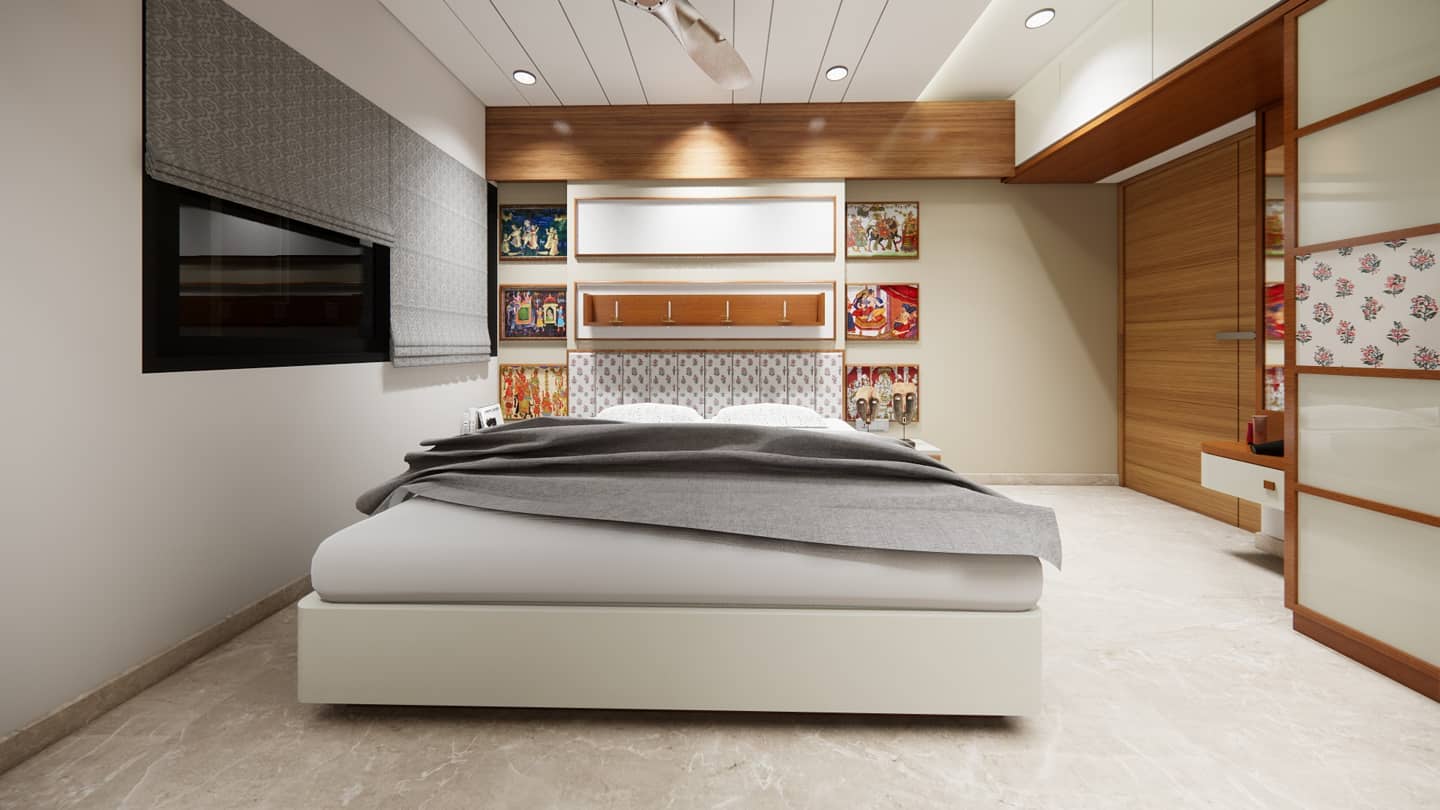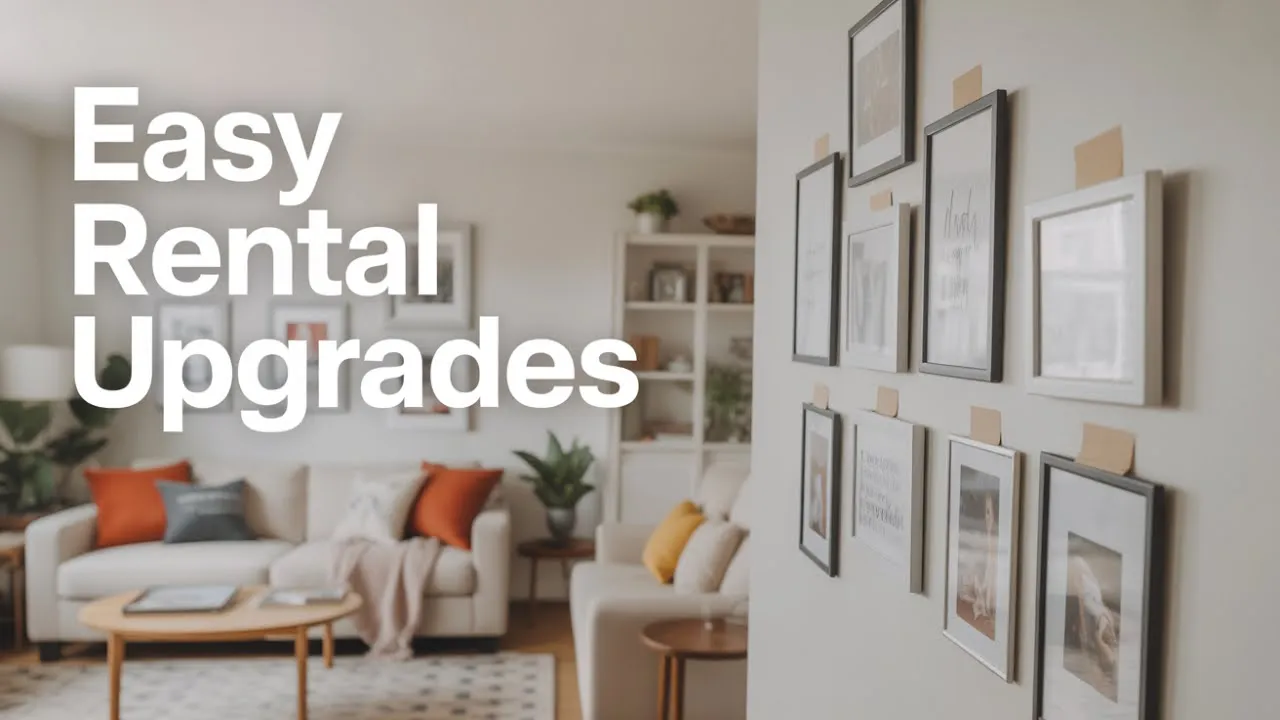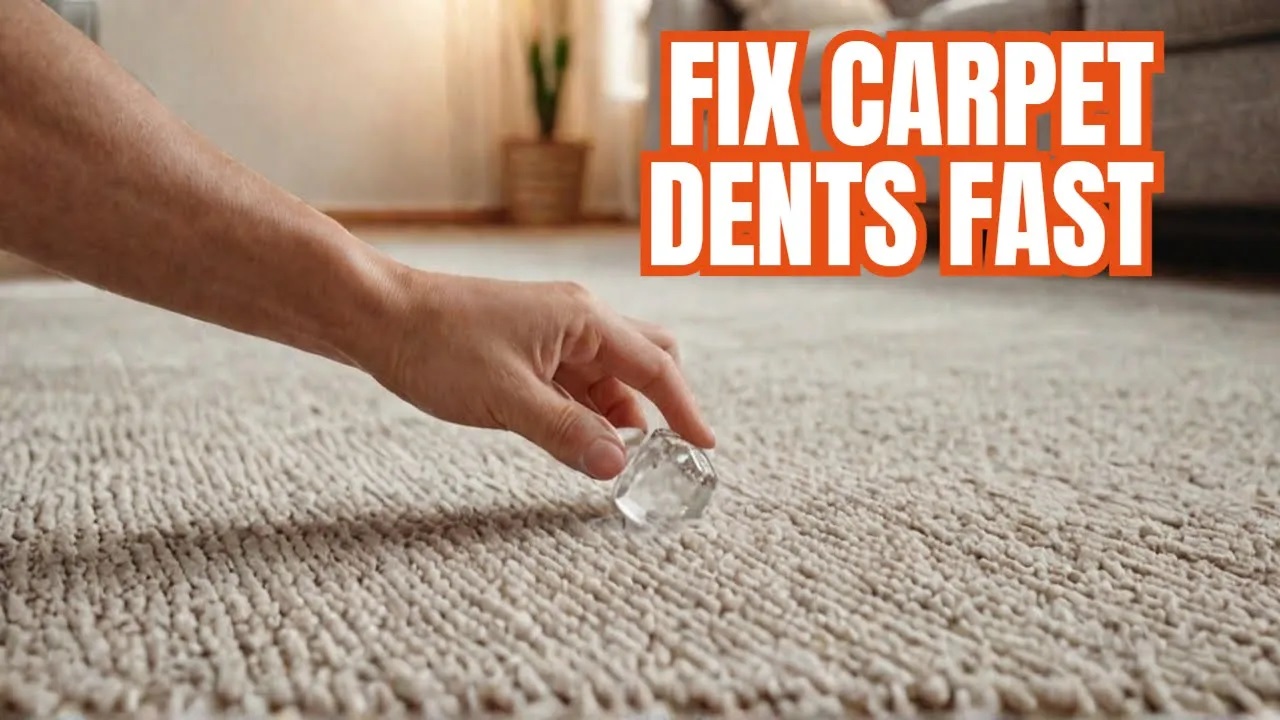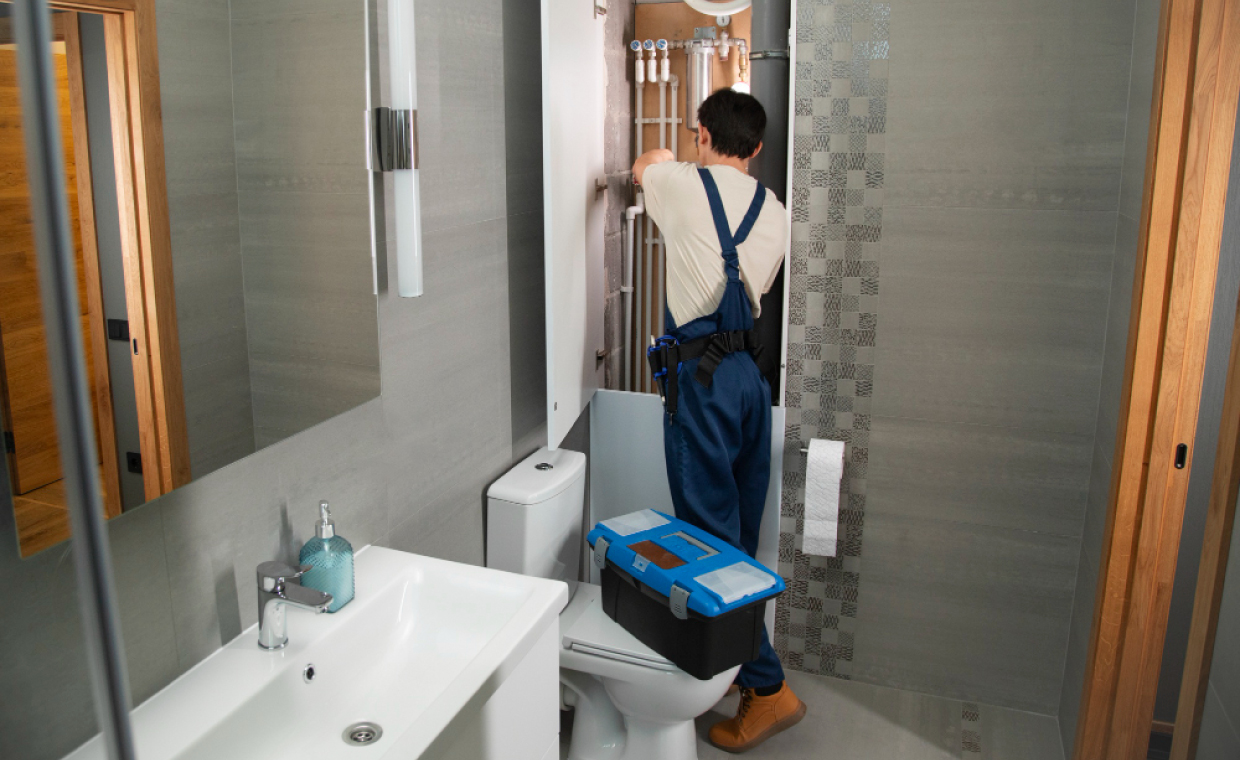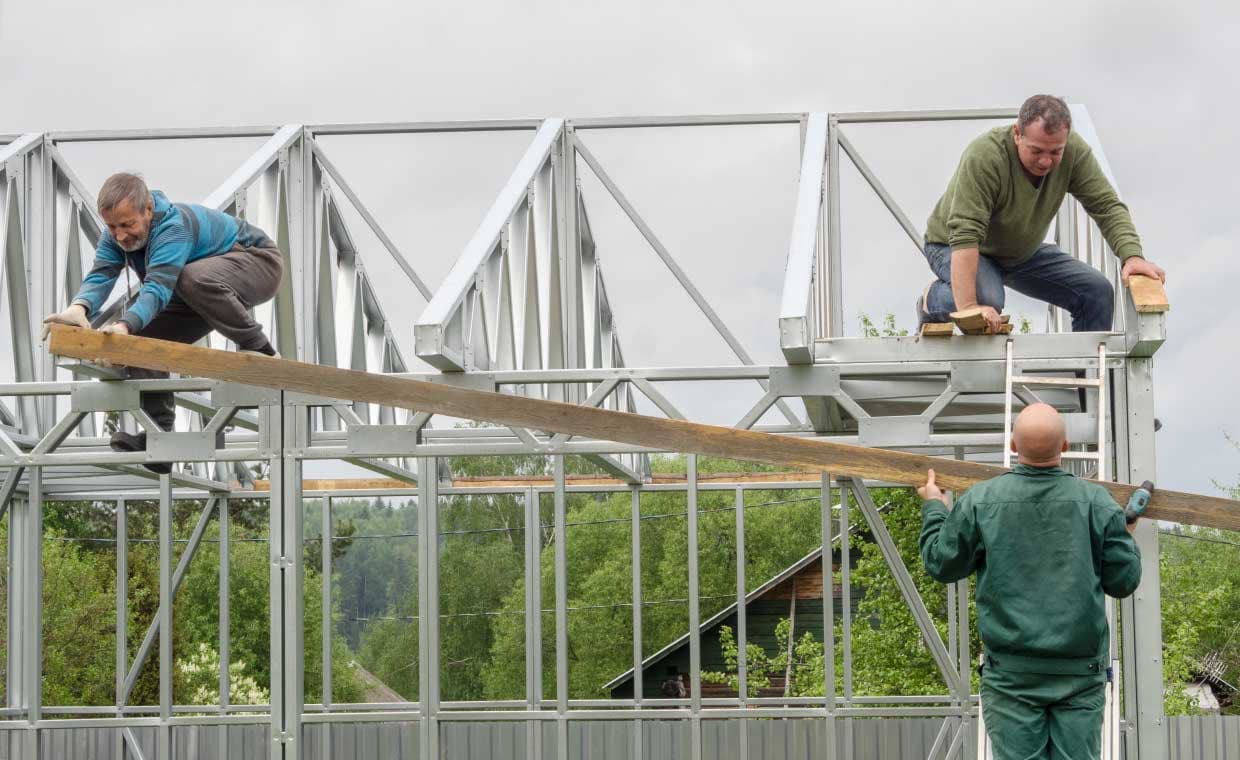
Table of Contents
Earlier steel-framed homes were just the domain of commercial developers and architects with avant-grade visions, however, today they are increasingly being embraced by everyday homeowners looking for superior strength, long-term durability, and forward-thinking design. Steel offers a compelling alternative as it blends engineering integrity with sustainability and aesthetic versatility.
If you are considering a steel-framed house, then it is important to know about the nuances of design, construction, cost, and benefits. From foundational structure to interior finishing, steel alters how homes are built, maintained, and lived in.
Why Steel is Gaining Popularity
Today, homeowners want structures that are excellent in resisting natural disasters, less in maintenance, and align with eco-conscious values. Steel is the construction material that suffice all three fronts. Its strength-to-weight ratio allows architects greater freedom in design, supporting open layouts and innovative geometry. Unlike wood, steel resists termites, warping, mold, and moisture damage. It’s also non-combustible, adding fire safety benefits that are increasingly important in climate-sensitive regions.
Additionally, steel is a recyclable material which can be recycled and reused. This makes steel the top choice for builders that are inclined towards environmentally conscious buildings.
The Structural Differences That Matter
Steel-framed houses differ from their timber counterparts in composition and assembly. Instead of cut lumber beams and joists, steel homes are built using cold-formed steel sections—or light gauge steel—that are manufactured to precise specifications.
This pre-engineered system leads to cleaner builds and tighter tolerances. Because steel doesn’t expand or contract with humidity changes, it supports finishes like drywall and flooring more consistently over time. Walls remain straighter, ceilings stay aligned, and architectural features don’t shift with the seasons.
The framing itself may be visible in some modern designs, but most residential steel homes hide the skeleton beneath traditional finishes, maintaining the cozy familiarity homeowners expect.
Design Flexibility Without Compromise
Homeowners often assume steel framing restricts creativity, but truth be said, steel frames offer more flexibility in design. Steel has fewer structural limitations, which allows for larger spans, cantilevered spaces, and high ceilings without the need for heavy load-bearing walls. This flexibility allows for open-plan living, expansive windows, and architectural flourishes that wood framing would struggle to support.
Steel also adapts well to hybrid construction methods. For example, combining steel framing with SIPs (structural insulated panels) or prefabricated exterior walls can enhance thermal performance while speeding up construction.
Whether the goal is minimalist modern, classic colonial, or industrial chic, steel framing accommodates aesthetic goals and functional requirements alike.
Navigating the Construction Process
Building a steel-framed home doesn’t just look different—it unfolds differently on the construction timeline. Because steel components are often prefabricated, much of the work happens off-site. This leads to shorter build times, fewer delays due to weather, and improved scheduling predictability.
Steel components are assembled on-site using screws and bolts rather than nails. Contractors need specialized tools and training to handle the material correctly, so choosing a builder with steel experience is crucial.
Thermal bridging—heat loss through metal framing—is one challenge that requires careful planning. Proper insulation, including thermal breaks and smart layering techniques, resolves this issue, preserving energy efficiency and indoor comfort.
Electrical and plumbing systems also require careful integration, typically routed through pre-punched holes in the steel studs or via specially designed chase ways. Coordination among trades during the framing stage ensures seamless installation later.
Cost Considerations and Long-Term Value
At first glance, steel framing may seem more expensive than traditional wood. Material costs can be higher, and not every builder is equipped to handle steel. But those initial numbers don’t tell the whole story.
Because steel-framed homes require less maintenance, resist degradation, and reduce the likelihood of costly repairs due to pests or rot, the lifetime value is significantly higher. Insurance premiums may also be lower due to steel’s fire resistance and durability. Add in faster build times and reduced waste, and the financial case strengthens further.
In regions prone to hurricanes, earthquakes, or wildfires, steel may even be incentivized by local building codes or disaster mitigation grants—offsetting the upfront investment.
Environmental Benefits That Go Beyond the Frame
The sustainability of steel goes beyond its recyclability. Because steel framing is consistent and precise, it leads to reduced job site waste. There’s no need to discard warped beams or cut around imperfections, as with timber. And the lighter weight of steel framing (compared to equivalent timber strength) reduces transportation energy.
Prefabrication also limits material exposure to on-site weather conditions, minimizing wastage, and environmental disruption. Smart design with steel enables tighter building envelopes, contributing to energy efficiency and improved indoor air quality.
As cities and towns push for greener construction standards, steel offers a strategic edge for homeowners aiming to meet or exceed future benchmarks.
Final Thoughts: An Investment in the Future
Building a steel-framed house is all about embracing a construction philosophy rooted in strength, speed and sustainability. From design liberty to sustainable development, steel falls in line with modern homeowner’s values.
Rightly build steel-framed homes offer long-term resilience, architectural freedom, and peace of mind. For those ready to invest not only in a house but in the integrity of how it’s built, Metro steel stands strong as the future of residential construction.
Also Read: Where are the Steel Structure Buildings Recommended?



